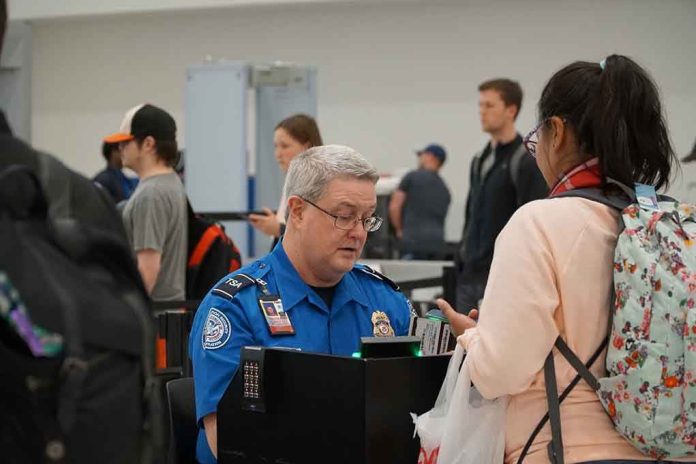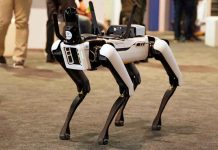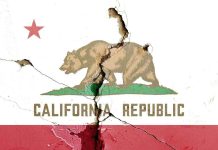
Imagine a world where you could breeze through airport security without the hassle of juggling tiny shampoo bottles—sounds too good to be true, right? Well, the future might be closer than you think.
At a Glance
- Advanced CT scanners promise to detect liquid explosives more effectively.
- The 3-1-1 liquid rule has been in place since 2006, causing traveler frustration.
- Many U.S. airports still lack the necessary screening technology.
- The transition to advanced systems is ongoing, with no set timeline for full implementation.
The Origins of Liquid Restrictions
Back in August 2006, a sinister plot to use liquid explosives on transatlantic flights was foiled at London Heathrow Airport, prompting the Transportation Security Administration (TSA) to act swiftly. This resulted in a total ban on liquids in carry-on bags. Shortly after, travelers were introduced to the infamous “3-1-1 rule”—a regulation allowing liquids only in containers of 3.4 ounces or less, all snugly fitting within a quart-sized bag. This rule has persisted for nearly two decades, frustrating travelers and complicating airport logistics.
This tiny bottle shuffle has been a staple in the traveler’s dance routine ever since. But why, in a world where technology can unlock your phone with your face, are we still doing this? The answer lies in the uneven adoption of new technology capable of detecting liquid explosives more reliably.
The Technological Promise
The promise of new CT scanners is nothing short of a security revolution. These advanced machines can discern between your favorite shampoo and something far more sinister. This innovation has sparked hope for an end to the 3-1-1 rule, offering a smoother, more efficient airport experience. Yet, the widespread implementation of this technology is still a work in progress. More than a third of U.S. airports have yet to upgrade their screening systems, leaving the 3-1-1 rule as the status quo for most travelers.
Recent developments suggest a shift might be on the horizon. Pilot programs and limited rollouts of the new technology have begun at select airports. However, the TSA has yet to officially announce an end to the liquid restrictions nationwide, keeping travelers on their toes and quart-sized bags at the ready.
Challenges and Implications
The road to a liquid restriction-free world isn’t without its bumps. The inconsistent implementation of advanced scanners could create vulnerabilities or further confusion. For travelers, this means continued inconvenience and potential delays at security checkpoints. Airports and airlines, on the other hand, face logistical hurdles in upgrading equipment and training staff, though they stand to benefit from increased passenger flow and satisfaction once the transition is complete.
The economic implications are significant. The investment in advanced screening technology is hefty but promises long-term savings through increased efficiency and reduced operational costs. Politically, there’s pressure on policymakers to find a balance between ensuring security and enhancing convenience for travelers, a balance that remains elusive for now.
The Future of Airport Security
The eventual nationwide implementation of advanced screening could signify the end of an era, retiring the 3-1-1 rule to the annals of travel history. This change could streamline security processes, reduce travel stress, and harmonize international security protocols. For technology vendors, this shift represents a golden opportunity to drive demand for cutting-edge screening solutions.
In the meantime, travelers can expect a patchwork of experiences as airports gradually adopt new systems. Patience and perhaps a well-stocked supply of quart-sized bags will remain essential travel companions. As security experts advocate for technology-driven approaches and traveler advocacy groups push for transparency and uniformity, the future of airport security continues to evolve, promising a smoother journey ahead.





